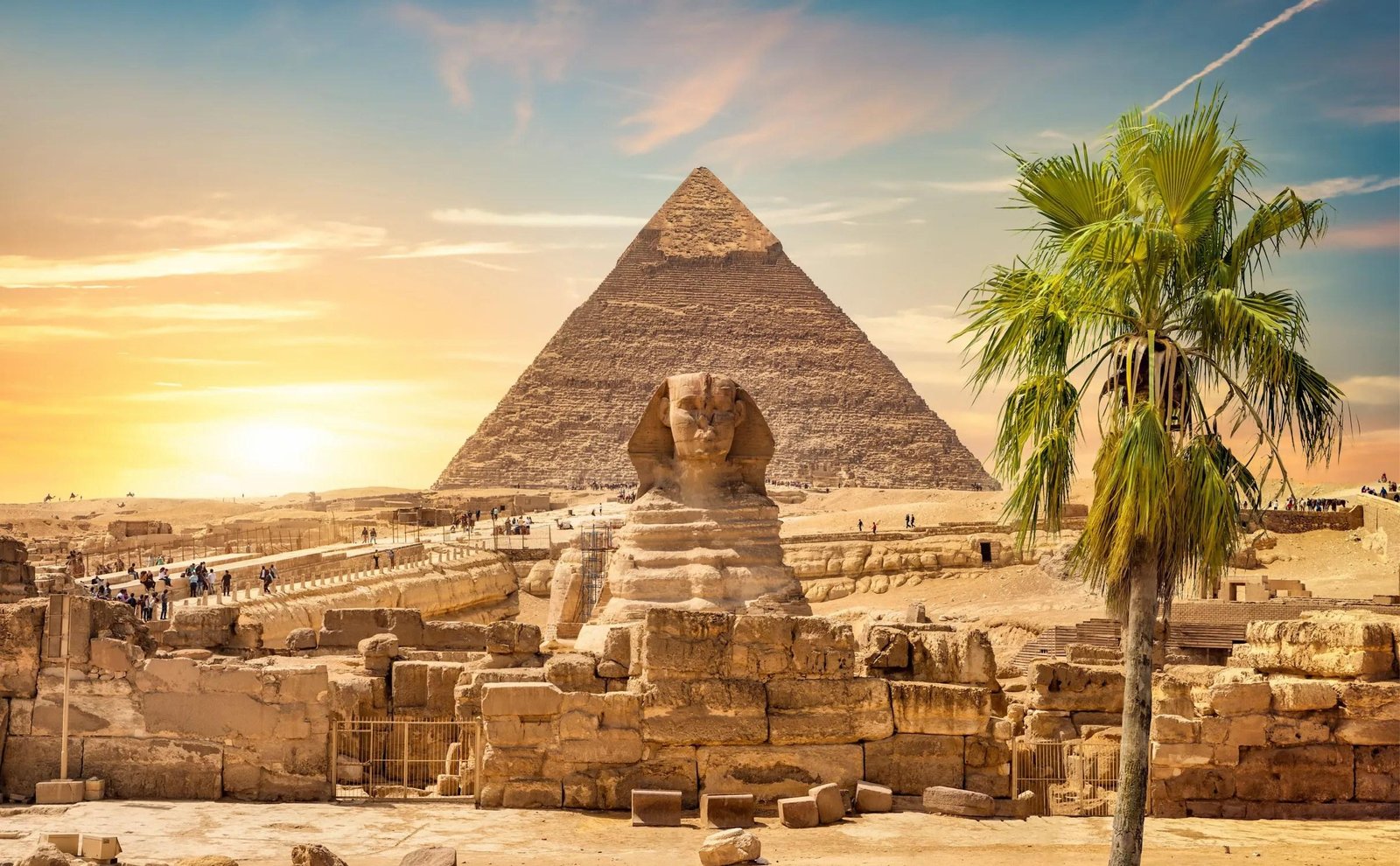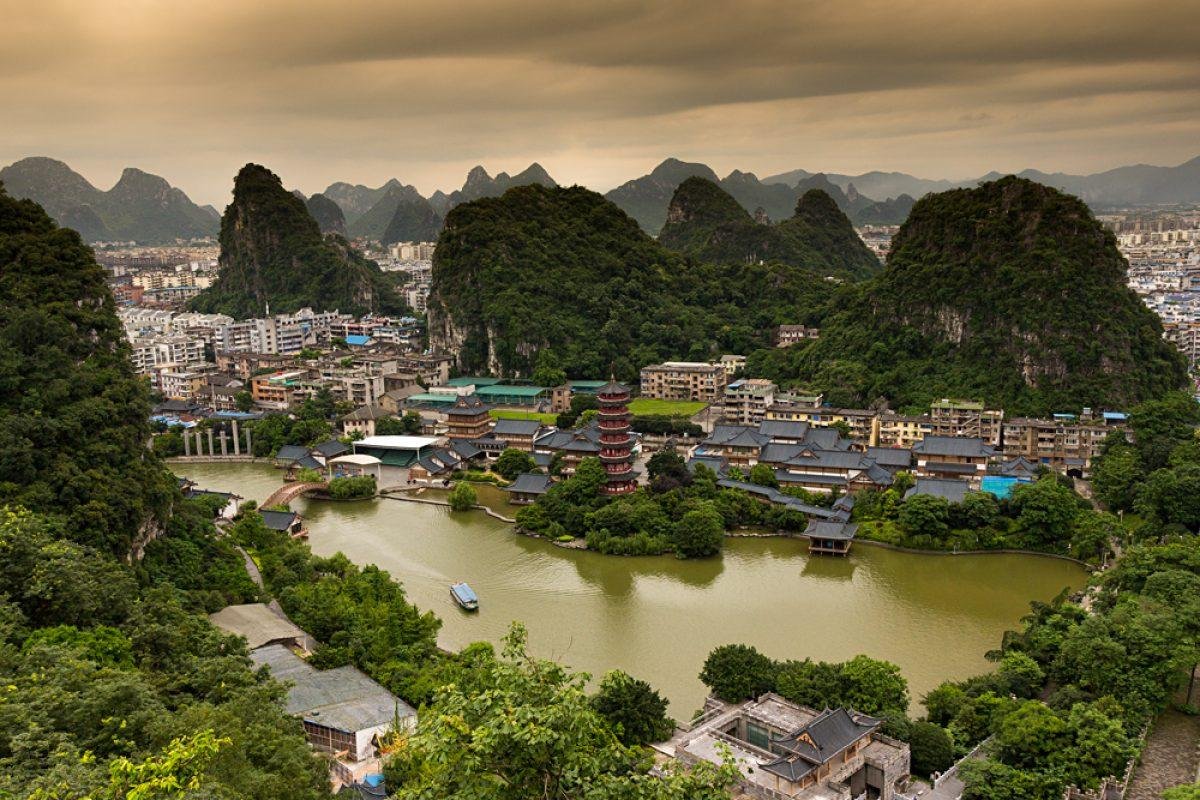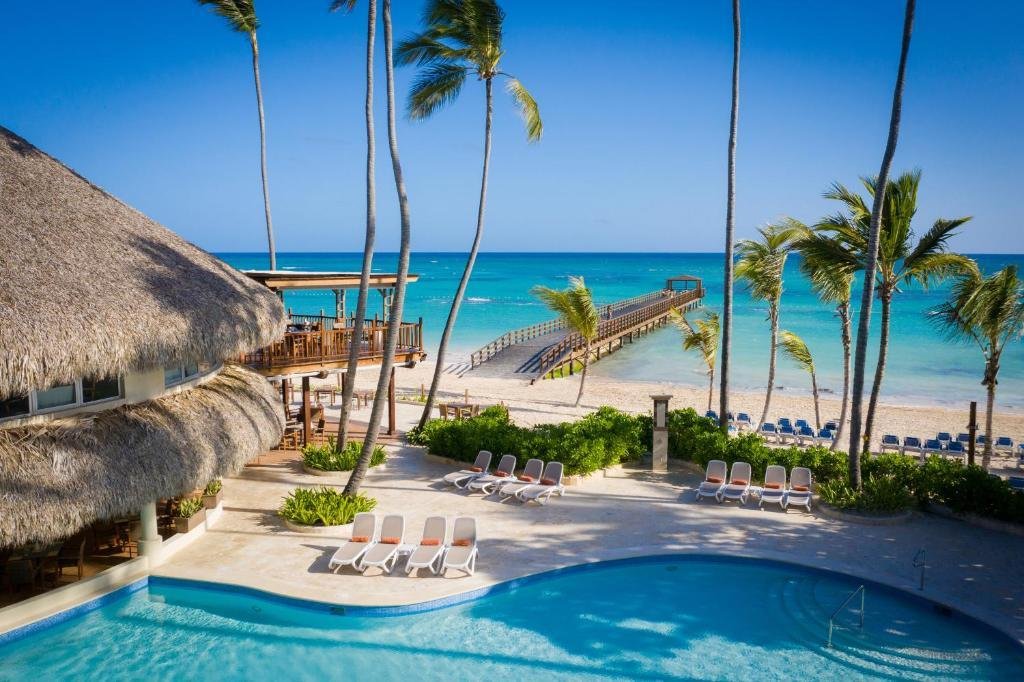Cairo, the capital of Egypt, is a city steeped in history and architectural grandeur, showcasing a remarkable blend of a...
The Architectural Beauty of Muscat, Oman
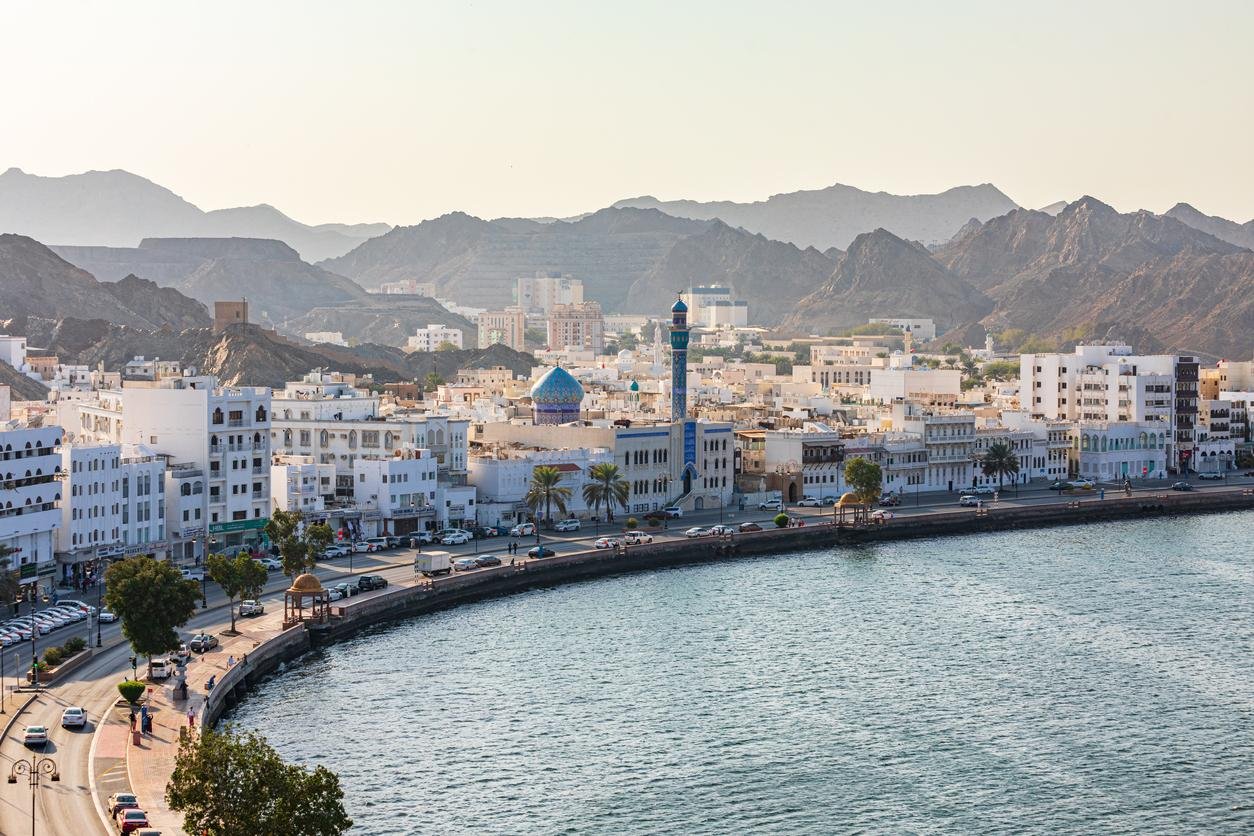
Muscat, the capital city of Oman, is a captivating blend of traditional Arabian architecture and modern design, reflecting the rich cultural heritage and history of the Sultanate. Nestled between the Hajar Mountains and the Gulf of Oman, Muscat's architecture harmonizes with its stunning natural landscape, creating an enchanting urban environment.
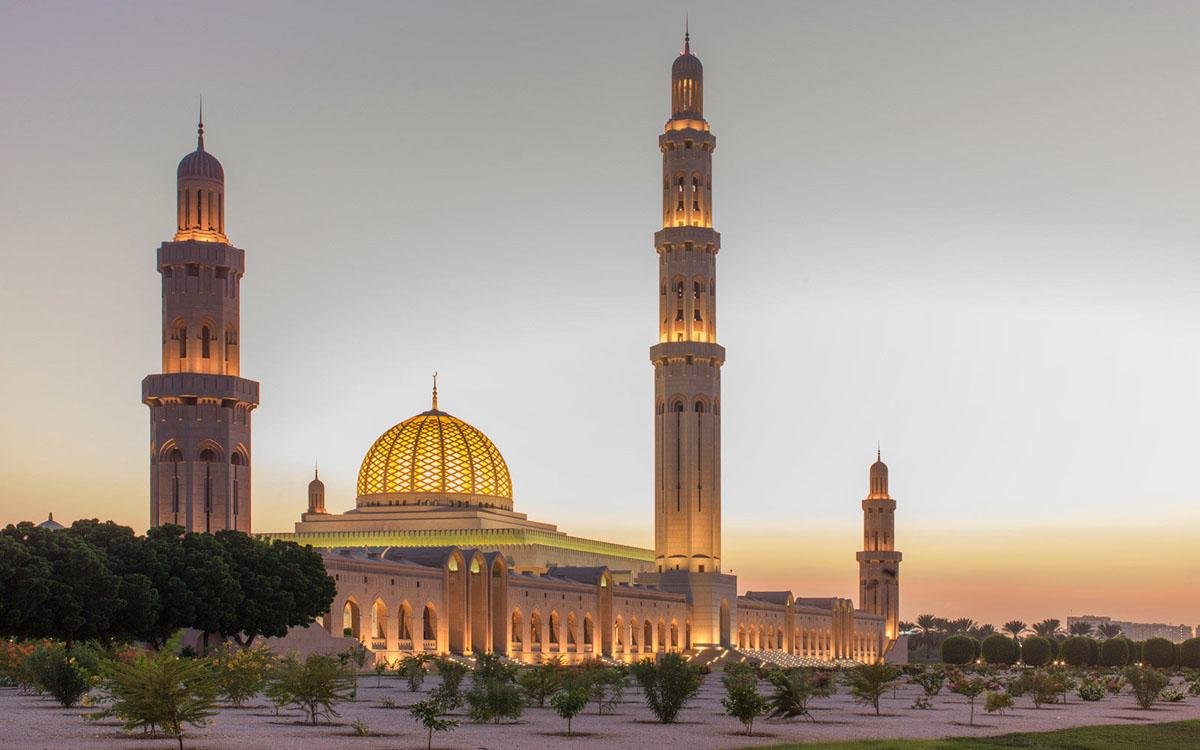
One of the most iconic structures in Muscat is the Sultan Qaboos Grand Mosque, completed in 2001. This architectural masterpiece is a symbol of Omani pride and Islamic culture. The mosque features a stunning blend of modern and traditional design elements, with a magnificent dome that rises to 50 meters and a towering minaret that reaches 90 meters. Its interiors are adorned with intricate carvings, beautiful mosaics, and a grand chandelier made from Swarovski crystals, showcasing the craftsmanship of Omani artisans.
The Royal Opera House Muscat, another architectural gem, reflects the Sultanate’s commitment to arts and culture. Opened in 2011, its design is inspired by traditional Omani architecture, featuring intricate woodwork, ornamental arches, and beautiful tile work. The opera house is a cultural hub, hosting various performances and events, and serves as a testament to Muscat’s vibrant artistic scene.
Muscat's historical district, known as Old Muscat, is home to numerous forts and palaces that showcase the city’s rich heritage. The Al Jalali and Al Mirani forts, built in the 16th century, stand sentinel over the harbor and provide a glimpse into Oman’s military past. These forts feature thick stone walls, narrow windows, and traditional watchtowers, offering stunning views of the surrounding landscape and the Arabian Sea.
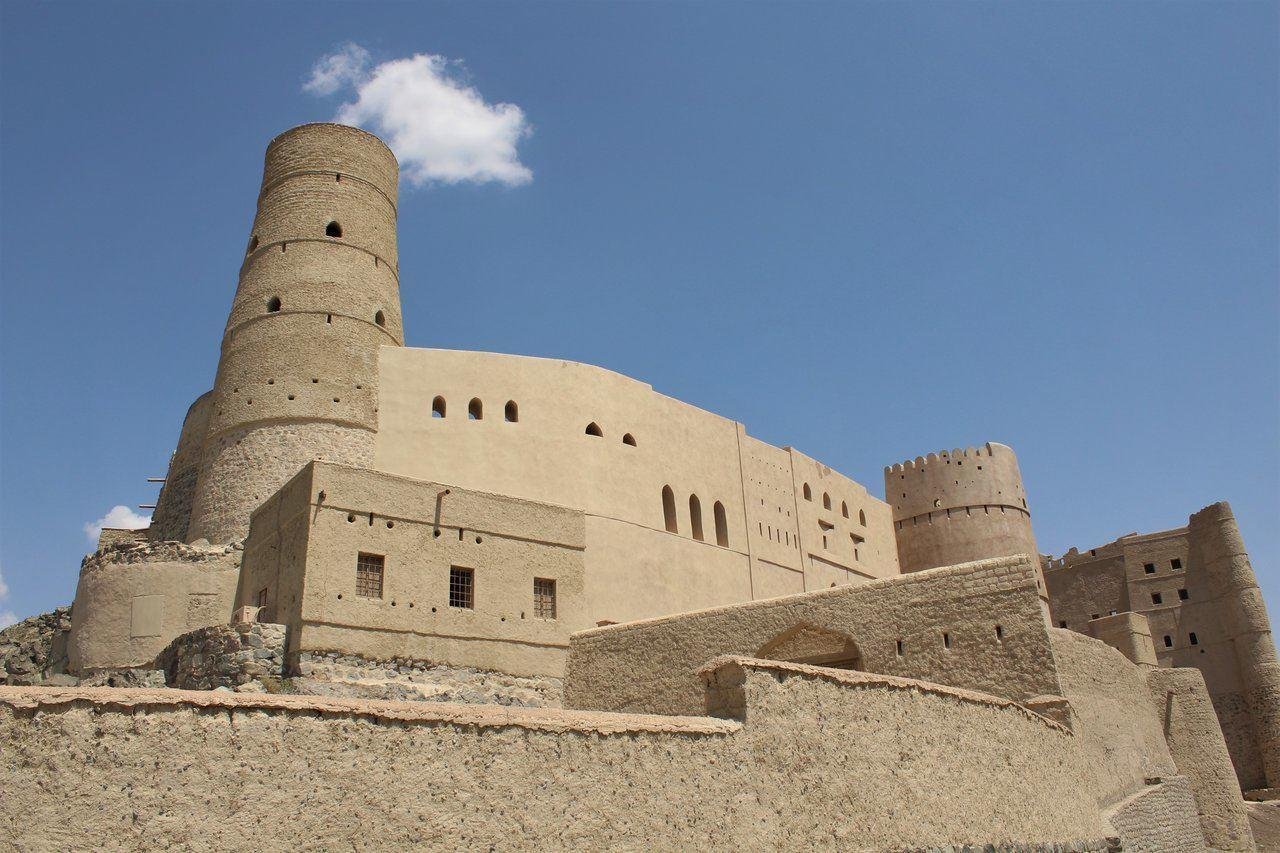
The Al Bahla Fort, a UNESCO World Heritage site located near Muscat, is notable for its impressive mud-brick construction and extensive fortifications. This ancient fortress, dating back to the 13th century, reflects the traditional Omani architectural style and is set against the backdrop of the dramatic desert landscape. The fort is an important symbol of Oman’s history and resilience.
Another architectural highlight is the Bait Al Zubair Museum, which is housed in a beautifully restored traditional Omani house. The museum showcases Omani culture, heritage, and artifacts, including jewelry, weapons, and traditional clothing. The building itself features typical Omani architectural elements, such as intricate wooden doors, decorative motifs, and spacious courtyards, providing visitors with an immersive cultural experience.
Muscat's modern architecture is equally impressive, with several high-rise buildings and commercial complexes that reflect the city’s rapid development. The Oman Convention and Exhibition Centre, designed with a contemporary aesthetic, has become a significant venue for international events and exhibitions. Its sleek design incorporates elements of traditional Omani architecture, such as arched entrances and intricate patterns, creating a striking visual identity.
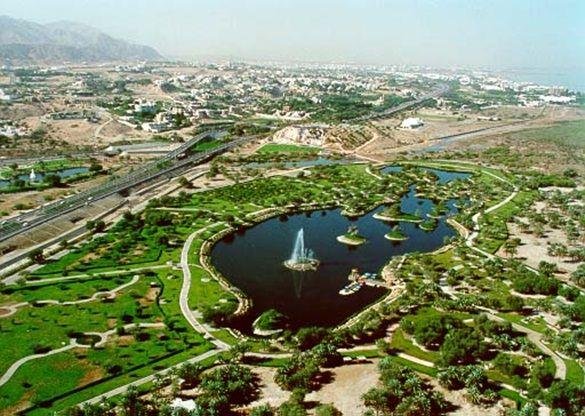
The city’s urban planning emphasizes green spaces and parks, providing residents and visitors with areas for relaxation and recreation. The Qurum Natural Park, one of the largest parks in Muscat, features lush gardens, walking paths, and picnic areas, all designed to enhance the quality of life in the city. The park’s design integrates natural elements, creating a tranquil oasis amid the urban landscape.
Muscat’s coastal architecture is also noteworthy, with the stunning Al Mouj Muscat development along the waterfront. This mixed-use community combines residential, commercial, and recreational spaces, all designed with a focus on sustainability and community engagement. The architecture of Al Mouj Muscat reflects modern design principles while incorporating traditional Omani elements, creating a harmonious environment for residents and visitors.
The architecture of Muscat is deeply influenced by its climate and geography. Traditional Omani buildings are designed to withstand the heat, featuring thick walls, high ceilings, and strategically placed windows for ventilation. The use of local materials, such as limestone and coral, is common, ensuring that structures blend seamlessly with the surrounding landscape.
In addition to its residential and commercial buildings, Muscat is home to several notable hotels that showcase luxury and traditional design. The Shangri-La Barr Al Jissah Resort & Spa, for example, features stunning architecture that reflects Omani heritage, with its intricate arches, courtyards, and beautifully landscaped gardens. The resort offers a luxurious experience while paying homage to the region's cultural roots.
The city’s commitment to preserving its architectural heritage is evident in the restoration of historic buildings and the promotion of traditional crafts. The Ministry of Heritage and Culture actively supports initiatives aimed at preserving Omani architecture and encouraging the use of traditional building techniques. This dedication to heritage ensures that Muscat retains its unique identity in the face of modernization.
Muscat’s architecture also reflects the influence of Islamic culture, with numerous mosques dotting the cityscape. The Sultan Qaboos Mosque stands out not only for its size but also for its architectural beauty. The mosque is open to non-Muslim visitors, providing an opportunity for cultural exchange and understanding. Its serene atmosphere and stunning design make it a popular destination for both worshippers and tourists.
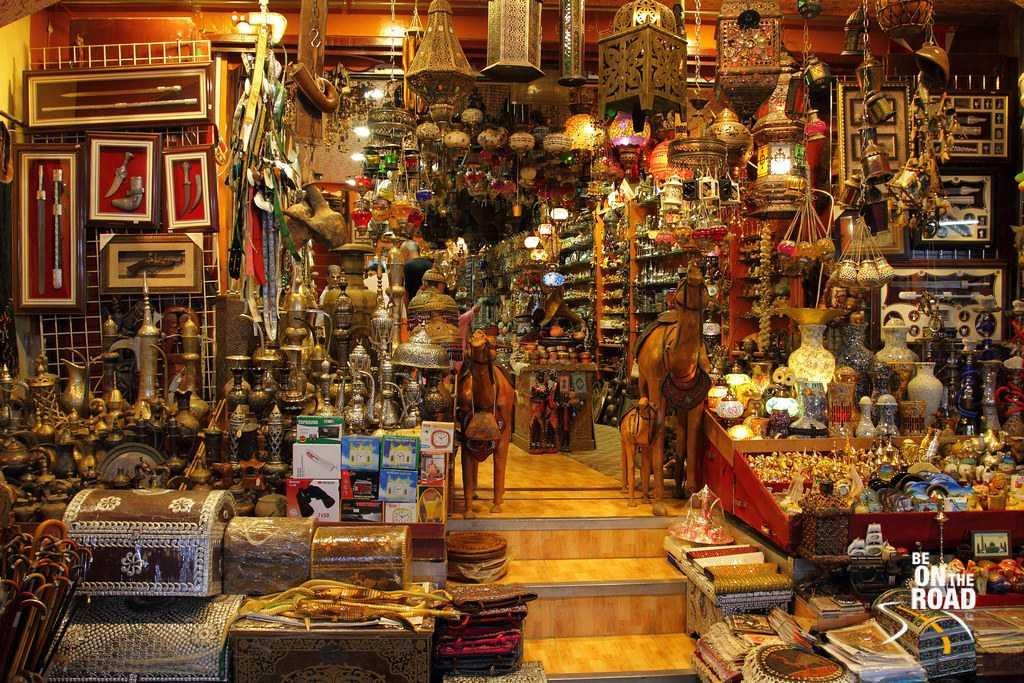
The city’s vibrant markets, such as the Mutrah Souq, showcase traditional Omani architecture and craftsmanship. The souq features narrow winding alleys, colorful stalls, and beautifully crafted wooden doors, offering a sensory experience that immerses visitors in the local culture. The architecture of these markets reflects the historical significance of trade and commerce in Omani society.
Cultural festivals and events in Muscat often highlight the city’s architectural heritage. The Muscat Festival, held annually, celebrates Omani culture through music, dance, and art exhibitions. Many of the festival events take place in historically significant locations, allowing visitors to appreciate the architecture while engaging with Omani traditions.
As Muscat continues to grow, the integration of modern architecture with traditional design principles remains a priority. New developments are designed to complement the existing urban fabric while ensuring sustainability and cultural preservation. This commitment to blending the old with the new creates a unique architectural identity that reflects the spirit of Oman.
In conclusion, the architecture of Muscat, Oman, is a captivating fusion of tradition and modernity. From the breathtaking Sultan Qaboos Grand Mosque and the historic forts of Old Muscat to contemporary cultural institutions and vibrant public spaces, the city showcases a diverse array of architectural styles that reflect its rich heritage and dynamic evolution. The intricate designs of historical structures, the commitment to sustainability in modern developments, and the integration of nature all contribute to the unique character of this enchanting city.
As visitors explore the architectural wonders of Muscat, they are transported through centuries of history, experiencing the layers of culture that have shaped this remarkable place. Each structure tells a story, revealing the aspirations and achievements of the people who have called Muscat home throughout the ages. With its stunning architecture and vibrant atmosphere, Muscat continues to captivate the hearts of all who visit, inviting them to discover the rich narratives woven into its urban landscape. The seamless integration of tradition and modernity ensures that Muscat remains a fascinating destination for those seeking to experience the beauty and complexity of its architectural heritage.
Share:

